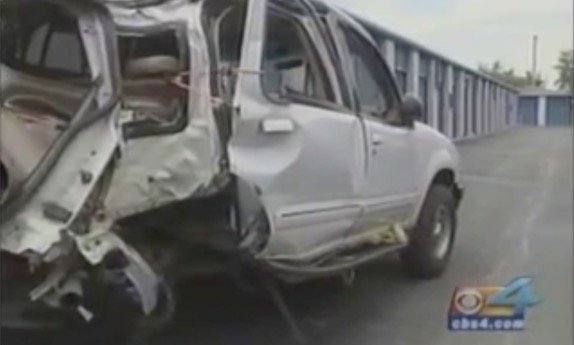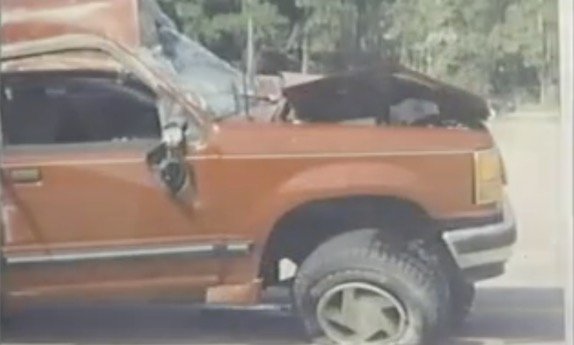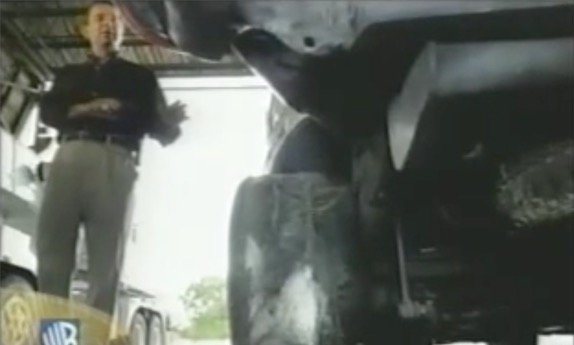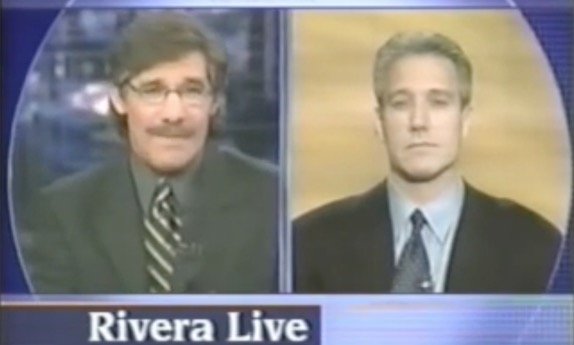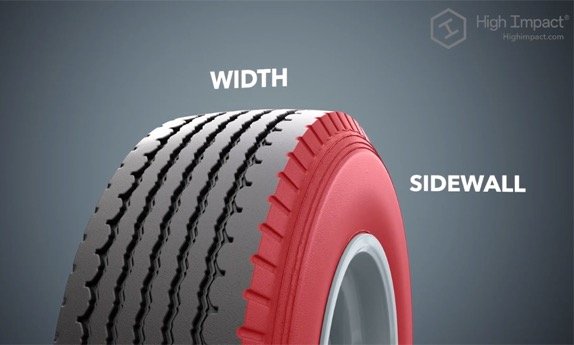Tire Safety Tips
There’s no doubt that your tires are a critical component of keeping you safe on the road. A tire failure while you’re out driving can lead to a serious accident or injury. Keeping your tires maintained in good condition, and replacing them when they’re not, are key to your safety. Unfortunately, a defective tire can still come apart on you, no matter what you do. In that case, you’ll need the help of an experienced Florida personal injury attorney to find out what happened and hold the responsible parties accountable. See below for some basic tire safety tips, and call Halpern Santos Pinkert at 877-529-6211 if you’ve been hurt in a tire-related crash.
Inflation
Keeping tires properly inflated will keep them running correctly and help them last longer, while also putting you less at risk for a flat or blowout. A properly inflated tire also increases fuel economy and can save you a surprising amount on gas over time. Make sure you check the pressure “cold,” i.e. when the car has not been driven for the past few hours. As tires and the air inside them heat up and expand, the pressure changes. A cold reading gives you an accurate measure to judge whether your tires are inflated to the proper pressure indicated in your owner’s manual.
Note that radial tires often look low under visual inspection, but unless the tire is seriously underinflated, you really can’t judge if a tire is properly inflated just by looking. Use a good quality pressure gauge instead.
Rotate, Balance, Align
Rotating and balancing your tires and keeping your wheels in alignment will help your tires last longer and give you a smoother ride, not only improving the life of your tires but also other components such as shock absorbers. Rotating the tires helps them wear evenly, which is important for tire safety. The trick to keep the tires rotated into a different position every time is to move the rear tires straight to the front but crisscross the front tires on their way to the rear.
Before rotating tires (or agreeing to let the maintenance shop rotate your tires), check your owner’s manual to make sure your tires should in fact be rotated. Some vehicles have different tire sizes for the front and rear wheels, so rotating the tires in this situation could actually be dangerous.
Balancing should be done whenever tires are installed. An alignment may be needed if you find your car “pulls” or drifts to the left or right when you are driving straight on a level road.
Tire Size
Make sure you have the right size tires on your car. There are countless different tire sizes, but you need to make sure your tires are the correct ones. Don’t let a tire dealer sell you the wrong tire, telling you it will be compatible. If you bought a used car, check to see that the tires are appropriate. Tire sizes can be found printed on the outside of the tire. They start with a letter, followed by a number, a slash and then another alphanumeric code. The correct tire size for your vehicle can be found in your owner’s manual. There should also be a sticker on your driver’s side door or door post telling you your tire size as well as the recommended tire pressure.
Tread
A bald tire will not give you the traction and grip you need to keep control of your car on wet or icy surfaces. If your tread has worn down to within 2/32 of an inch from the surface of the tire, it needs to be replaced. Don’t worry; you don’t need a laser sight or a set of precision calipers to measure tread depth. There are a couple of easy ways to tell if the tread on your tires is sufficient.
Treadwear Indicators – If you look at your tires closely, you should be able to see the treadwear indicators. These are little bars of rubber in the grooves between the treads. If the tread on your tire has worn down to where the tread is level with the indicator, the tire is in need of replacement.
The Penny Test – You can also check your tire’s tread depth with the penny test. Take a penny with the “heads” side facing you and insert it into the groove head first. Lincoln’s head should disappear into the groove. If you can see the top of Abe’s head when the penny is in the groove, it’s time to replace the tire.
Load
Finally, don’t overload your vehicle. Putting too heavy of a load on a tire can cause it to burst. Overloading is a particular danger for truck tires, when a tractor-trailer is overloaded or the load becomes unbalanced. The maximum load rating for the tire is printed on the tire itself. Before loading the up the trunk or bed with heavy equipment, gardening supplies or your monthly trip to the warehouse wholesale store, consider how much weight you are adding to the vehicle.
Help is Available after Tire-Related Car Accidents
If you were involved in a crash that occurred after a blowout, tread separation or tire deterioration, the fault may lie with a defective tire, and the tire manufacturer or a tire service provider may be liable to you for the damages caused. Call Halpern Santos Pinkert at 877-529-6211 for a free, confidential consultation with a team of experienced and successful tire litigation lawyers.








